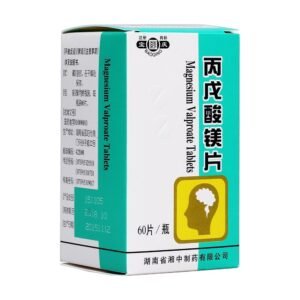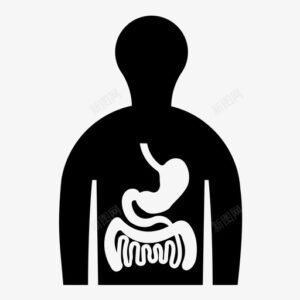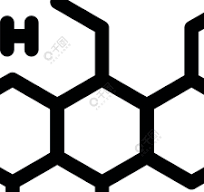Sodium Valproate Oral Syrup.
Effects and efficacy:
Sodium valproate is the first choice for primary grand mal and absence seizures of epilepsy; it has a certain effect on benign myoclonic epilepsy and infantile spasms in infants; it is also suitable for refractory epilepsy.
Usage and dosage:
Adults: The usual dose is 15mg/kg per day or 600-1200mg per day, divided into 2-3 times. Start with 5-10mg/kg, and increase after one week until the epileptic seizures can be controlled. When the daily dose exceeds 250mg (ordinary tablets), it should be taken in divided doses to reduce gastrointestinal irritation; the maximum daily dose is no more than 30mg/kg per day or 1.8g-2.4g per day. Please follow the doctor’s advice for details. Children: The usual dose is 20-30mg/kg per day, divided into 2-3 times or 15mg/kg per day, until it is effective or cannot be tolerated. Please follow the doctor’s advice for details. Elderly: The pharmacokinetics in elderly patients are changed, which is of little clinical significance, but the dosage should be determined according to the seizure control effect. Please follow the doctor’s advice for details. Note: The optimal dose should be determined based on clinical efficacy. When epileptic seizures cannot be controlled or side effects are suspected, in addition to clinical monitoring, the plasma concentration level of sodium valproate should be measured. Reports show that the effective range of this product is 40-100 mg/L (300-70 μmol/L). Patients who have not used other antiepileptic drugs can increase the drug dose every 2-3 days and reach the optimal dose within 1 week; if other antiepileptic drugs have been received before, the use of this product should be replaced gradually, and the optimal dose should be reached within 2 weeks, and other treatments should be gradually reduced to discontinuation. If other antiepileptic drugs are needed, they should also be added gradually. The initial daily dose is usually 10-15 mg/kg, and then the dose is adjusted to the optimal dose, generally 20-30 mg/kg. When epileptic seizures cannot be controlled with this dose range, the dose can be further increased to a sufficient amount. Patients should be closely monitored when the daily dose exceeds 50 mg/kg. When the drug is overdosed, the risk of elevated platelets and liver enzymes increases. Therefore, a complete blood cell count (including platelet count) and liver and kidney function tests should be performed before and during medication. It is best to check liver function every 1-2 months during the first six months of treatment, and the interval between checks can be extended as appropriate after six months.
Adverse reactions:
Common adverse reactions: diarrhea, indigestion, nausea, vomiting, gastrointestinal spasm, etc., and can also cause changes in the menstrual cycle. Less common: temporary hair loss, constipation, drowsiness, dizziness, fatigue, headache, ataxia, mild tremor, abnormal excitement, restlessness and irritability. It can cause thrombocytopenia, purpura, bleeding and prolonged bleeding time. Therefore, blood routine tests should be performed regularly during medication. Liver function damage can be seen, causing elevated serum alkaline phosphatase and aminotransferase. Pay attention to check liver function after 2 months of medication. Occasionally allergies, hearing loss and reversible hearing damage occur; long-term use occasionally causes pancreatitis and acute liver necrosis.
Drug contraindications:
Allergic to this product is prohibited. Liver function damage is prohibited. Use with caution during pregnancy. Use with caution during lactation. Use with caution for renal function damage.
Share:
Products
Our offers
Health Classification
Let us work together to protect precious health



























